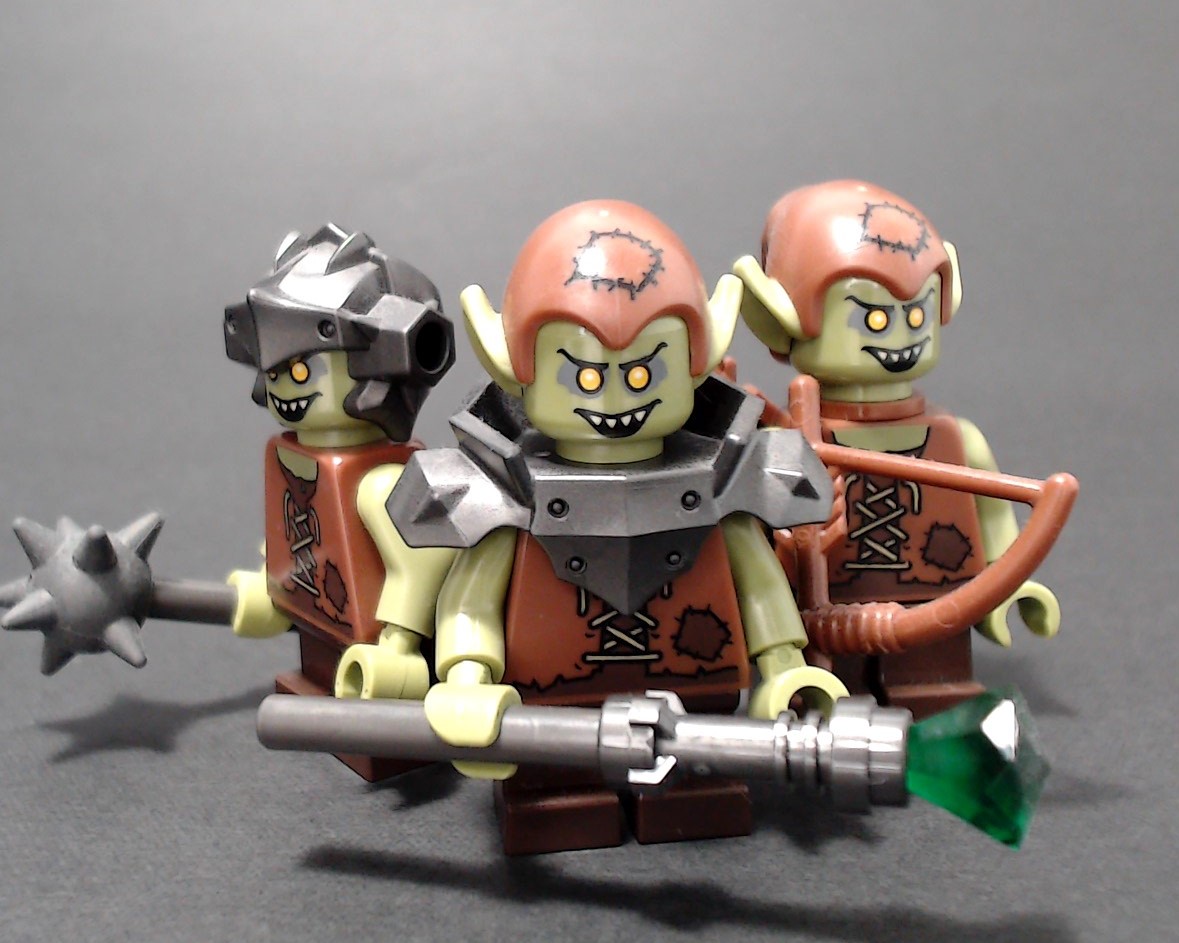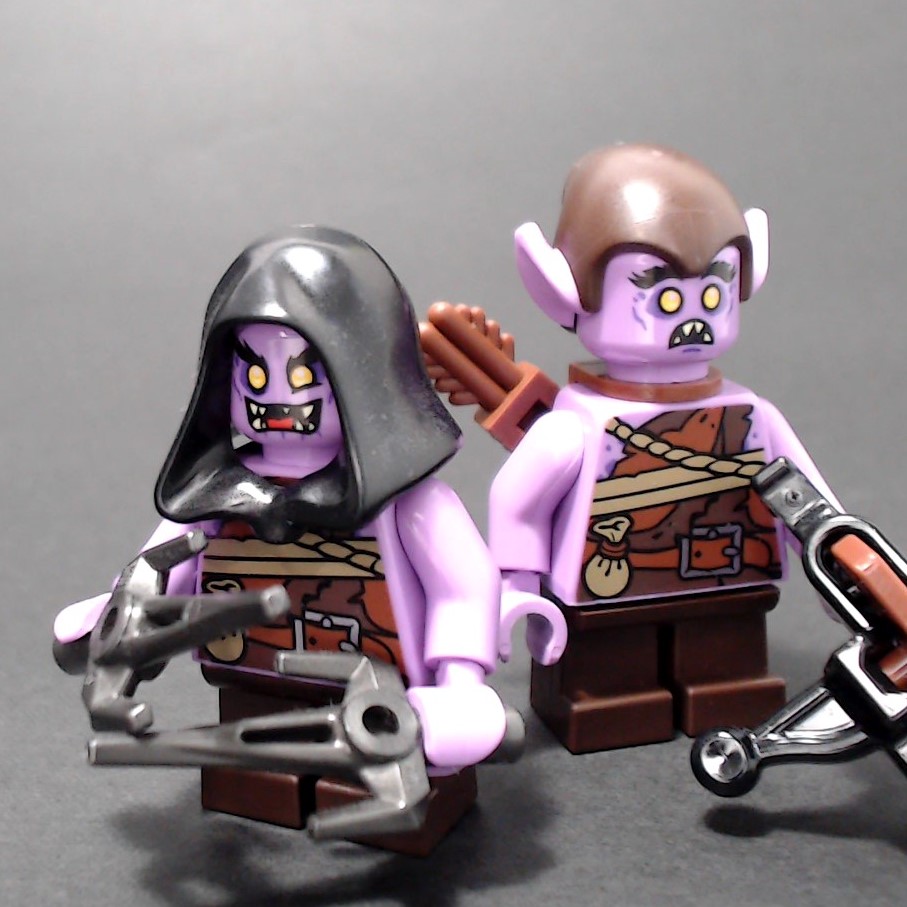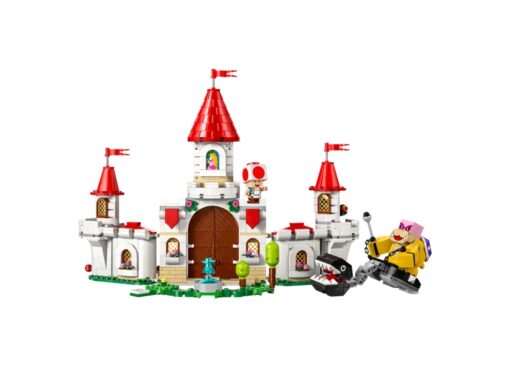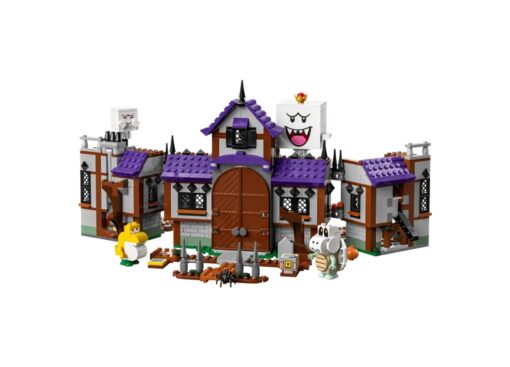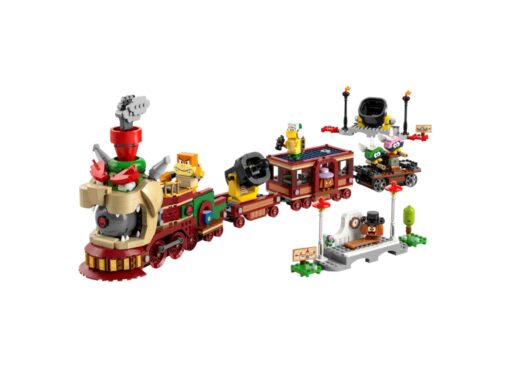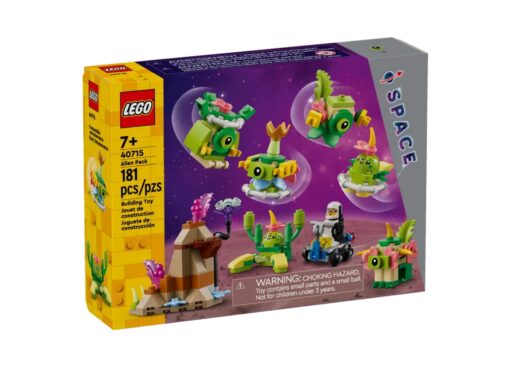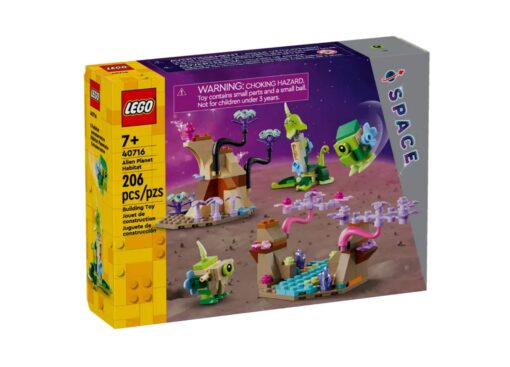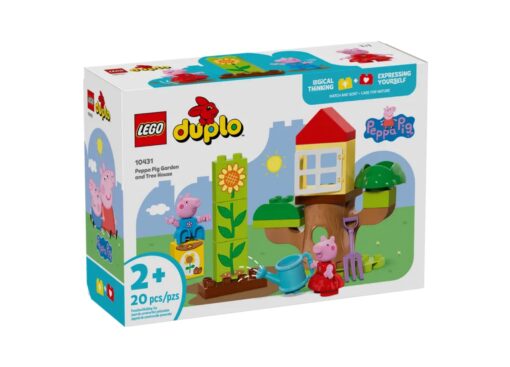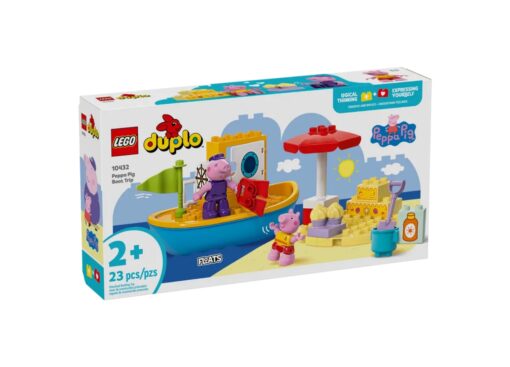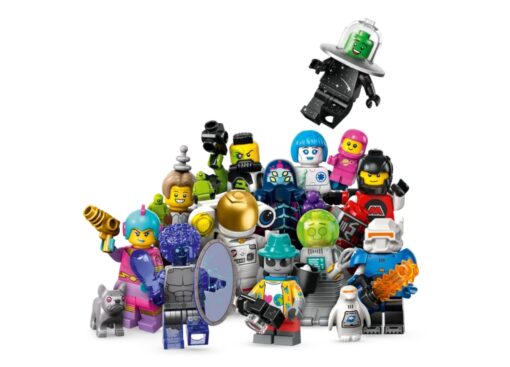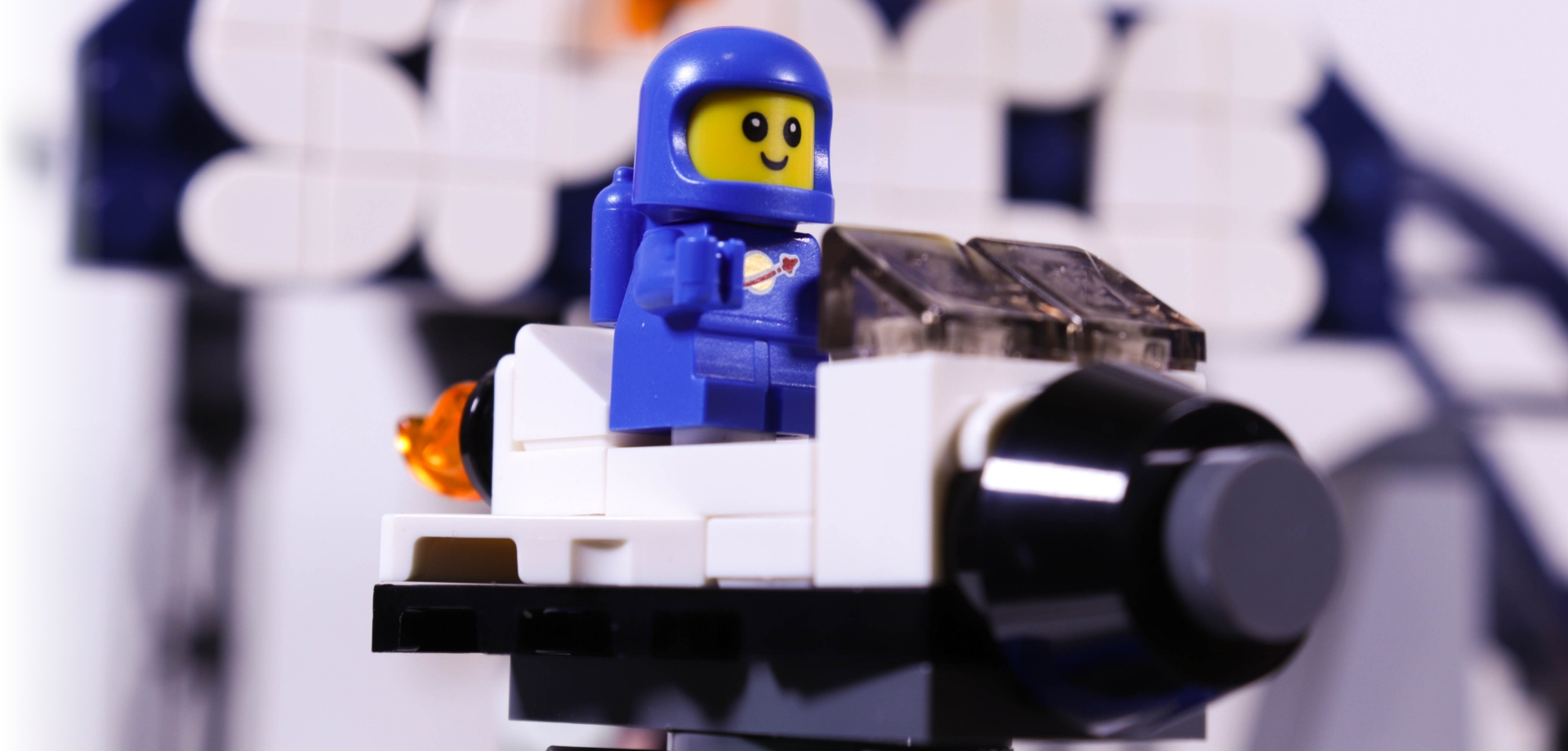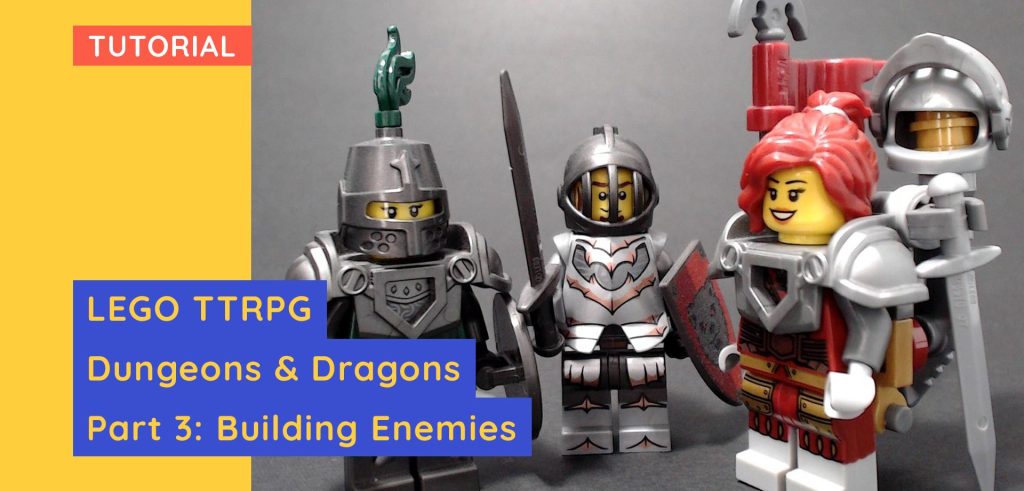
This multiple-part series teaches you how we use LEGO in our Table Top Role-Playing Game (TTRPG) of Dungeons and Dragons. We’ll show you how we make our enemies for our players, even including some brick-built foes.
Dungeons & Dragons With LEGO
Part 3 – Building Enemies
If you haven’t check out our previous article, we made a list of ways we customise our Minifigures for both players. All with genuine LEGO and no third-party knockoffs, all categorized by race with pros and cons. Check it out here.
But today we’re talking about the enemies. Not only the traditional Minifigure enemies, but also the monster ones. We’re talking about wolves, bears and even driders.
Baseplates
We talked in our original entry with game tiles about the 4×4 stud system we use for Dungeons and Dragons, and most of this will still be following this ruling. But here’s a quick recap.
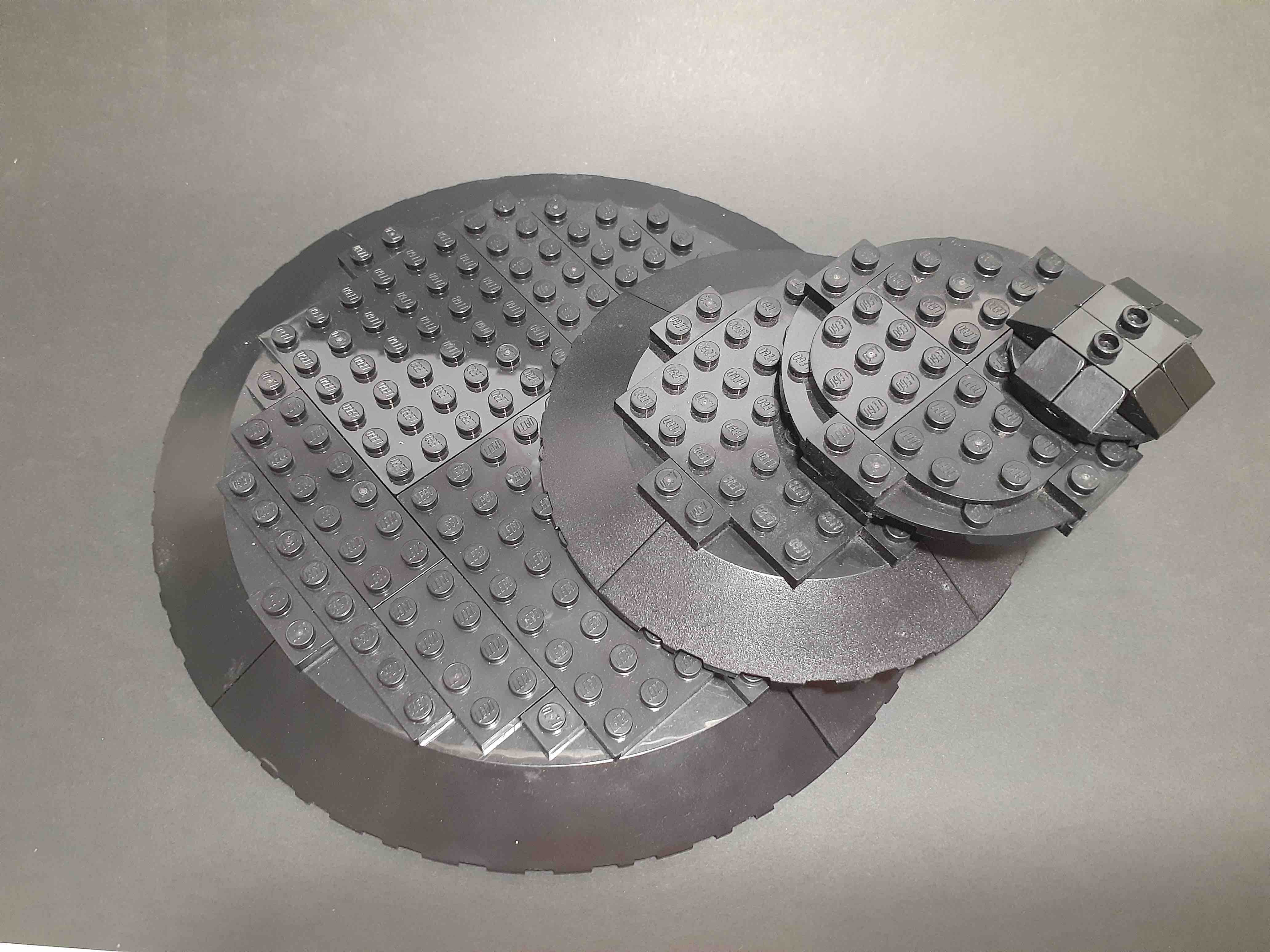
For Minifigures in our Dungeons and Dragons adventures, we use the 4×4 baseplates. This allows them to have ample space between them when wielding backpacks, weapons and the like. But it should be obvious that the moment you try to put a wolf, bear or anything else in this grid, it would be quite difficult to move thing around.
This is where we break the rules a little bit. There are some enemies that still fit this 4×4 space, but sometimes it just isn’t possible. I have a pretty open relationship with my players, and if a monster breaks the traditional D&D system, I tell them.
For example, if I put a monster down that takes up 8×8 studs on a slightly larger base, I might tell them that this can only be flanked once. We sacrifice strictness for the rules for aesthetic. Visualising a built enemy is much more fun than myself putting a figure down and saying “this is a bear”.
Examples Of Enemies
Necromancers / Undead
Necromancy is an easy enemy trope that people can fall into, and there is nothing wrong with that at all! You just need to be prepared.
Necromancy, of course, is all about the skeleton undead legions that come forth to do the bidding of their master. However, what you might not know is that LEGO have three different types of skeletons, and it’s best to figure out which one suits you best.
Our far left Skeleton in black was introduced back in Castle 2007. They introduced the bar-system skeleton torsos with droid arms and gave us some of the best skeleton face printing to date, with deep red eyes and a clear evil look. They came in both black and white, but unfortunately, their droid arms have them holding their weapon out in front of them at a 90-degree angle. It’s a bit odd, but they look amazing in hordes.

Our classic skeleton in the middle is the most common skeleton over the years, with the old versions using the loose shoulder joint connection, and the new using the bar connections. They’re classic but rather expressionless. In the early 2000s, they also had an evil looking skull pattern, but it, unfortunately, doesn’t hold up to today’s standards.
Our final skeleton is from the 2020 Ninjago wave. These guys use the oversize skeleton head and torso, unique to the Ninjago theme, which is also available in black and white too! They look more menacing but note that they don’t fit the traditional Minifigure head shape. Use these guys for abnormal races instead of humans.
There are always pros and cons with your skeleton joints at the shoulders. The loose joint skeleton does not hold up their weapons, whereas the droid arms hold them unnaturally at a 90-degree angle, and the newer bent arm design doesn’t hold the weapon away from the face. Mking our menacing black skeleton unable to raise a weapon too high or else it would hit his head.
I use a combo of all three skeleton designs in my games, and even mix-and-match them to what I need. I’ve even smashed a bunch of skeletons together to make a bone-titan in a previous game too.

Necromancers can be anyone, from a charismatic bard to a lowly beggar. Breaking the stereotype is a powerful tool in the DM’s favour in Dungeons and Dragons, but sometimes you need that iconic look.
Simply putting a dark hood over a Death Eater from Harry Potter or using the Necromance figure themself from The Hobbit will do the trick. Other things you can use to enhance your evil look for your bad guy. The energy wisp piece, currently used for Mysterio from the Marvel theme, or the Dark Energy from Hidden Side.
Significant themes to keep an eye on: All castle and pirate-based themes, LOTR and the Hobbit, Ninjago (especially 2020), some aspects of Harry Potter.
Factioned Enemies
Sometimes you need a lot of units on the battlefield, and you need to be able to distinguish them from each other. Two warring sides that the players have stumbled in on? Their caravan suddenly attacked by bandits and you need to show where civilians are? That’s where these guys come in.
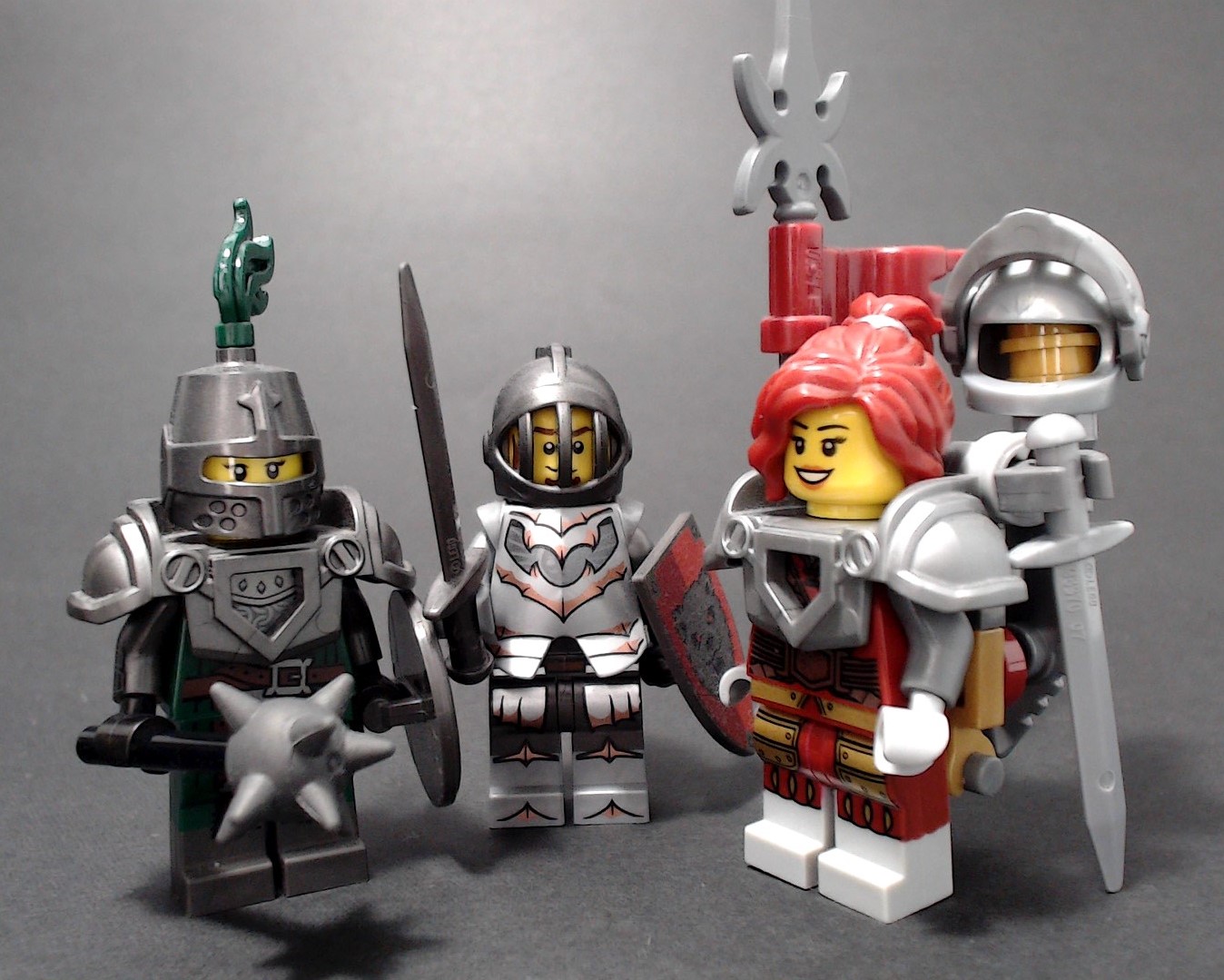
Castle
I particularly enjoy making these factions around the Castle factions/regalia. Castle 2007 versus Kingdoms 2011 Bad Guys is a lot easier to visualise than 7 different figures and then having to look back at your notes in a mad panic.
I for one love using the Knights from the collectible Minifigure series. They’re easy to get in bulk when they originally debut, and all you have to do is change a weapon, or give them armour, to help distinguish them from one another when taking initiative. “Bear Knight w/Mace, Bear Knight w/Sword” etc.
You don’t even have to use Knights. You could use pirates, Royal Navy, Vikings, or anything else with a discernible faction aspect. If you’re curious, the knights pictured are modified versions of Frightening Knight from series 15, Fright Knight from series 19, and a custom Knight faction using Gimli’s torso and the Conquistador’s legs from series 8.
Significant themes to keep an eye on. All castle and pirate-based themes, collectible Minifigure series.
Orcs
We went over these guys previously in our last listing, focused more on Half-Orcs. Here we go into more detail about the Orc side of things. Orcs have made a recent appearance in the 2020 Ninjago theme as “Munce”, but were the prominent enemy of the Knights of Castle 2007 Wave 2. These newer versions give us shirtless Orcs to be able to make them more tribalistic, and the other Orcs are much more armoured.
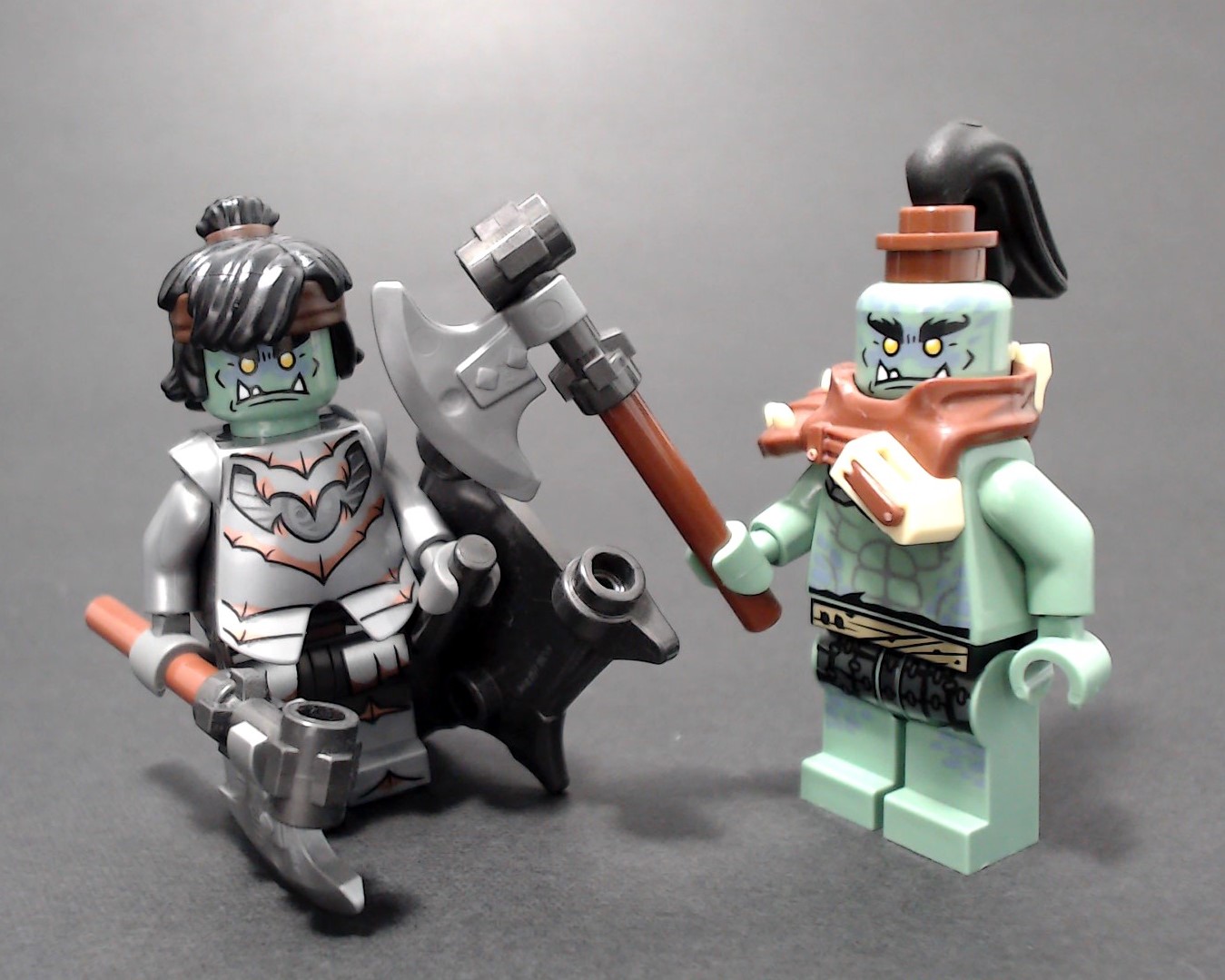
More
I implore you to use a mix of both as much as you can. You could also use the orcs from Lord of the Rings, which come in three different forms. Moria Orcs, whom of which are green-skinned and appeared in the Mines of Moria set, Mordor Orcs. The most common orcs, being dark-tan skinned and came in a lot of LOTR sets and Gundabad Orcs. More orange-skinned orcs that only appeared in the later Hobbit sets.
You could also use Uruk-hai for orcs, but they are red-skinned and don’t fit the traditional trope. Any of these are good options, and taking notes from Factioned enemies above. You might be able to introduce varying Orc Tribes or Clans to your D&D world with enough of them under your wing.
Significant themes to keep an eye on: All castle-based themes, LOTR and the Hobbit, Collectable Minifigure Series.
Goblins
Goblins made their first appearance back in the Collectable Minifigure series (if you don’t count Marvel’s Green Goblin), and came with standard Minifigure legs. Tear those nasty legs off and cram in some short legs – Goblins are small and mischievous, and that’s how they should be.
Easy enough to accessorise with almost any armour. Goblins are scrap and loot thieves, and thus giving them any odd weapon or weird looking garb will easily enough make them identifiable from each other when running multiple on a board. Because if you don’t have lots of them, you’re running Goblins wrong.
2020 Ninjago gave us Geckles. Discount goblins if you will, but not bad at all! I use them for the infamous Nilbog enemy from D&D, as well as helping set apart any factioned Goblins.
Goblins did also appear in the Hobbit range in one set, which gives another Goblin option, but they are certainly a lot more grotesque.
Significant themes to keep an eye on: All castle-based themes, The Hobbit, Collectible Minifigure Series, Ninjago 2020.
Centaurs
New to the official LEGO roster. Centaurs made their debut in the Forbidden Forest Ambush LEGO set, and even popped up in the latest Collectible Minifigure series. Traditionally archers, centaurs make great spearmen and threats for your players at a distance. If you’re looking to spice up these centaurs from their default look. I advise using open or little clothed torso, as centaurs would not normally wear long-sleeved clothes, as well as once again. Using the different leg colours to differentiate factions.
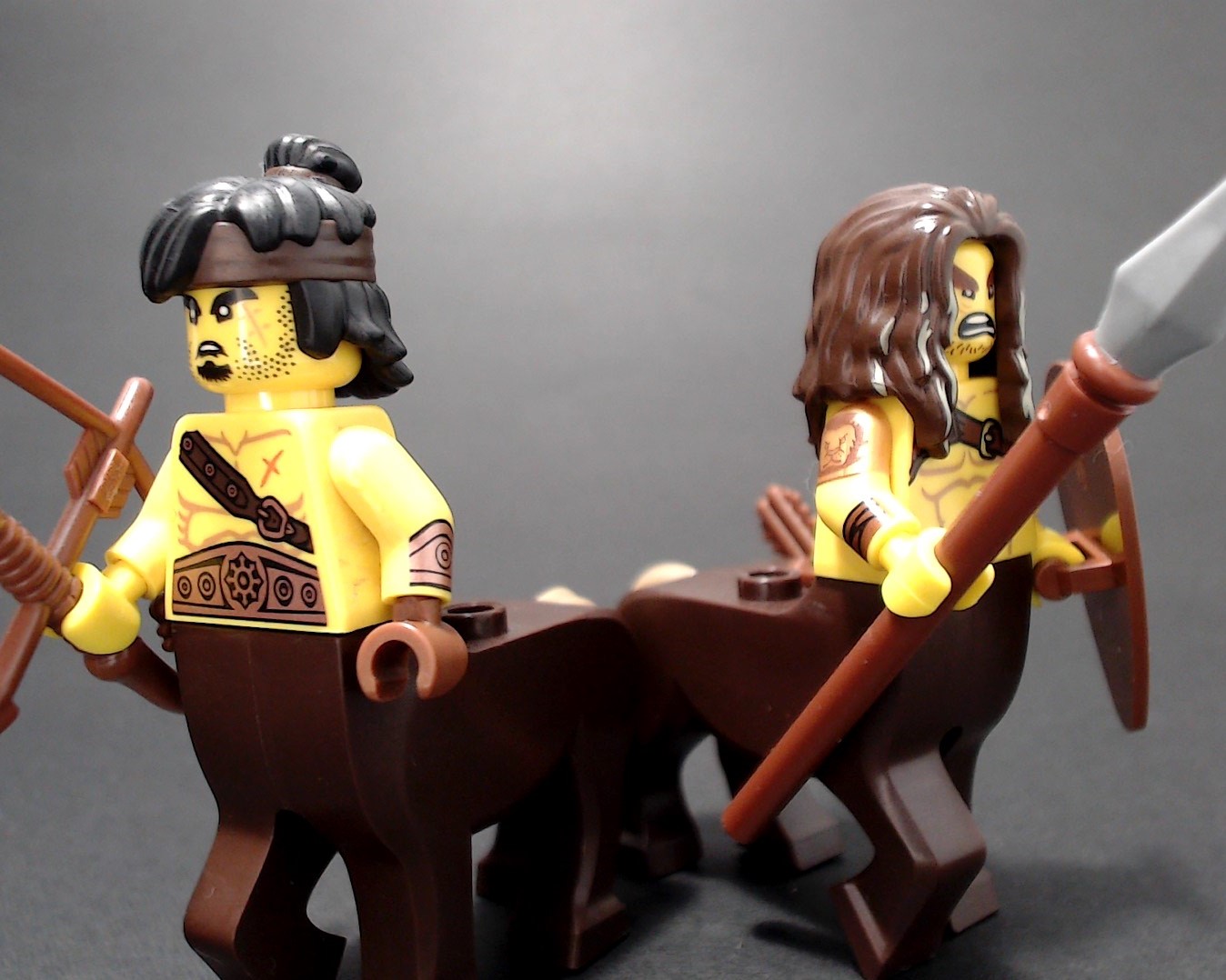
Significant themes to keep an eye on: Some aspects of Harry Potter, Collectible Minifigure Series.
Enchanted Armours and Elementals
Enchanted armours are probably some of the easiest enemies to make if you have a surplus of unused armours for your figures. Grab a monochrome fig and slap it on there! Change the weapons or the helmet to differentiate them on a battle board, and you’re good to go!
Hidden Side Wave 3 enemies are also good for enchanted armours – the creepy eyes on the head print and blue throughout the printing make it seem like the armour has been possessed by a creepy blue energy; it’s perfect!
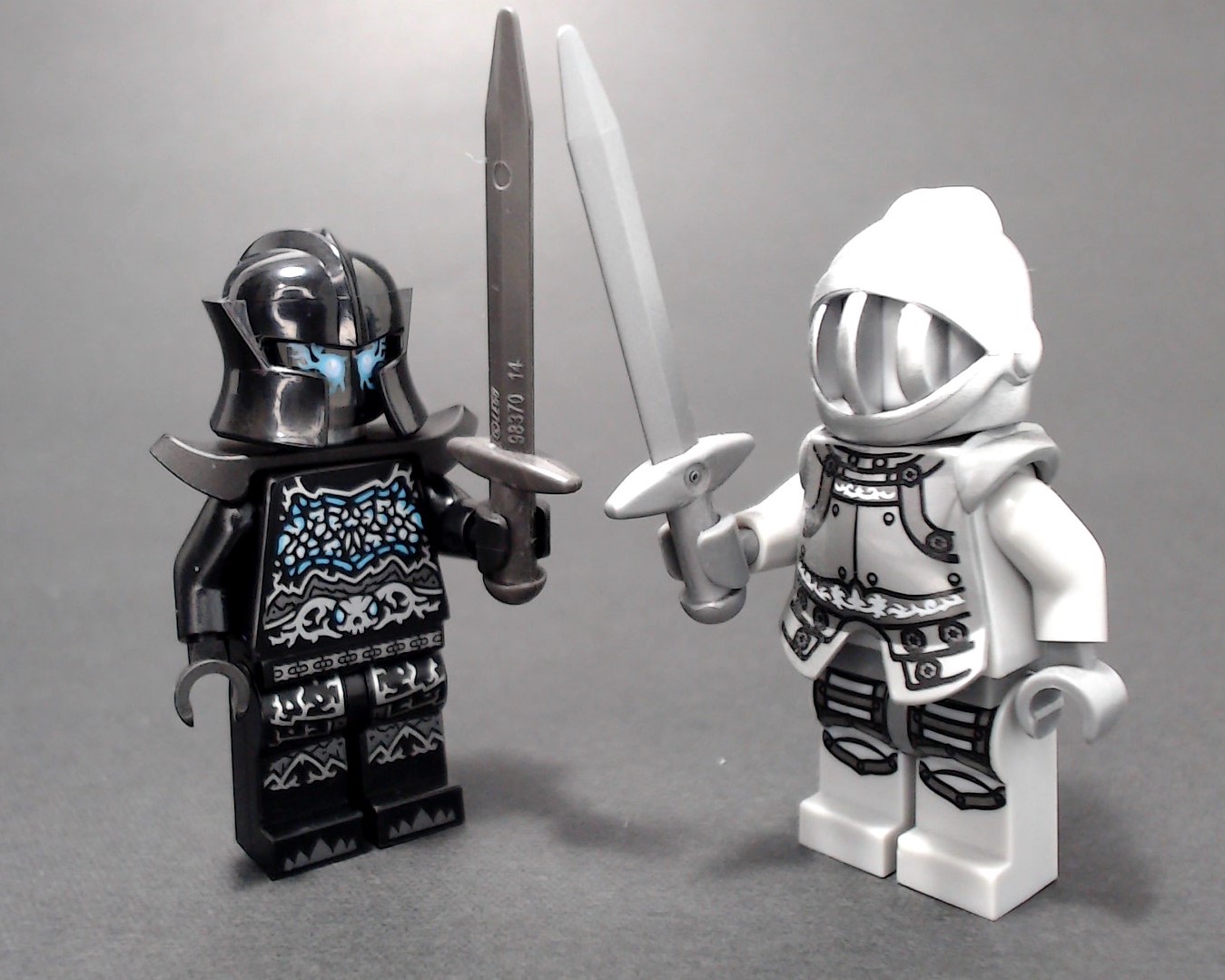
As much as people hate it, Nexo Knights were really good for bad guys. The wave 1 enemies were great to create Teiflings. But specialised enemies like Laval took the cake. He’s literally a being of magma, and his headprint has details on the back. So that you can turn his head around and make it look like a one-eyed fire elemental.
Wave 2 also gave us Rogul, a lightning vortex-like enemy who first introduced the tornado-like base alongside Sandman from Marvel. I didn’t even modify the figure here – he is perfect this way.

I also use the Lava Imp from Wave 1 of Nexo Knights for my own Fire Imps.
Our figure that is in the middle uses the body of the Beserker from Marvel’s Thor Ragnarok sets. Whom of which I use to represent plant creatures or elementals. Although probably due for an upgrade, its custom base and slight printing is enough for players to know that this is a plant-based enemy.
Significant themes to keep an eye on: All castle-based themes, Nexo Knights Waves 1 and 2 Specifically.
Brick Built Enemies
This section covers all of the brick-built enemies I use in my games. Some of these may break the 4×4 ruling that is outlined in the D&D guides, but my players seem very understanding of such changes.
Wolves And Cloakers
Wolves are quite important in any campaign, and most likely the first thing a party fights when venturing out in the world. Could I have just used a LEGO wolf mould? They don’t exist. Closest you can get is a husky, which is quite painfully comedic to bring out on a battle board.
In this instance, I created a small brick-built wolf on a stand that still uses the 4×4 stud normal base. I have three of these made up. Two in black and one in grey, all with different colour eyes to differentiate them.
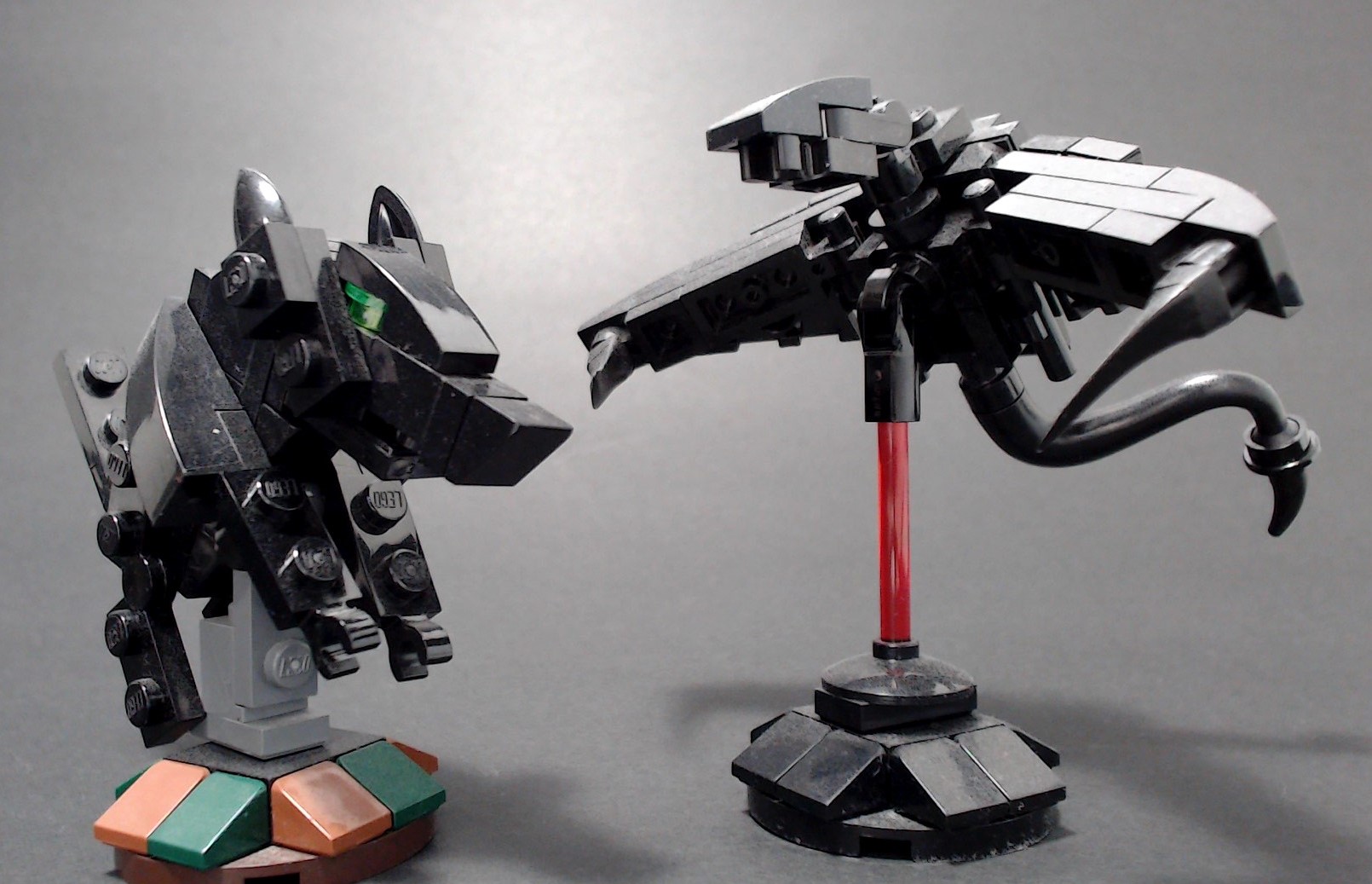
Next to the Wolf we have a Cloaker. A D&D enemy that does not show itself until its prey comes near. When completely still, a cloak has the appearance and is indiscernible from a normal cloak, unless one was to look at its underside. My players had the pleasure of meeting one chasing down a corrupt hunter who had one around his neck.
Cloakers are nasty but were incredibly fun to build. I used the translucent bar underneath in different colours to differentiate them from each other when others showed up to attack.
Minotaur
Although there is a clear minotaur Minifigure that exists from the Collectible Minifigure series. I chose to swap his bottom legs out with that of the CMF Satyr and place him on a large baseboard. This way, my players knew that he was a lot larger than he seems and that they are in for trouble.
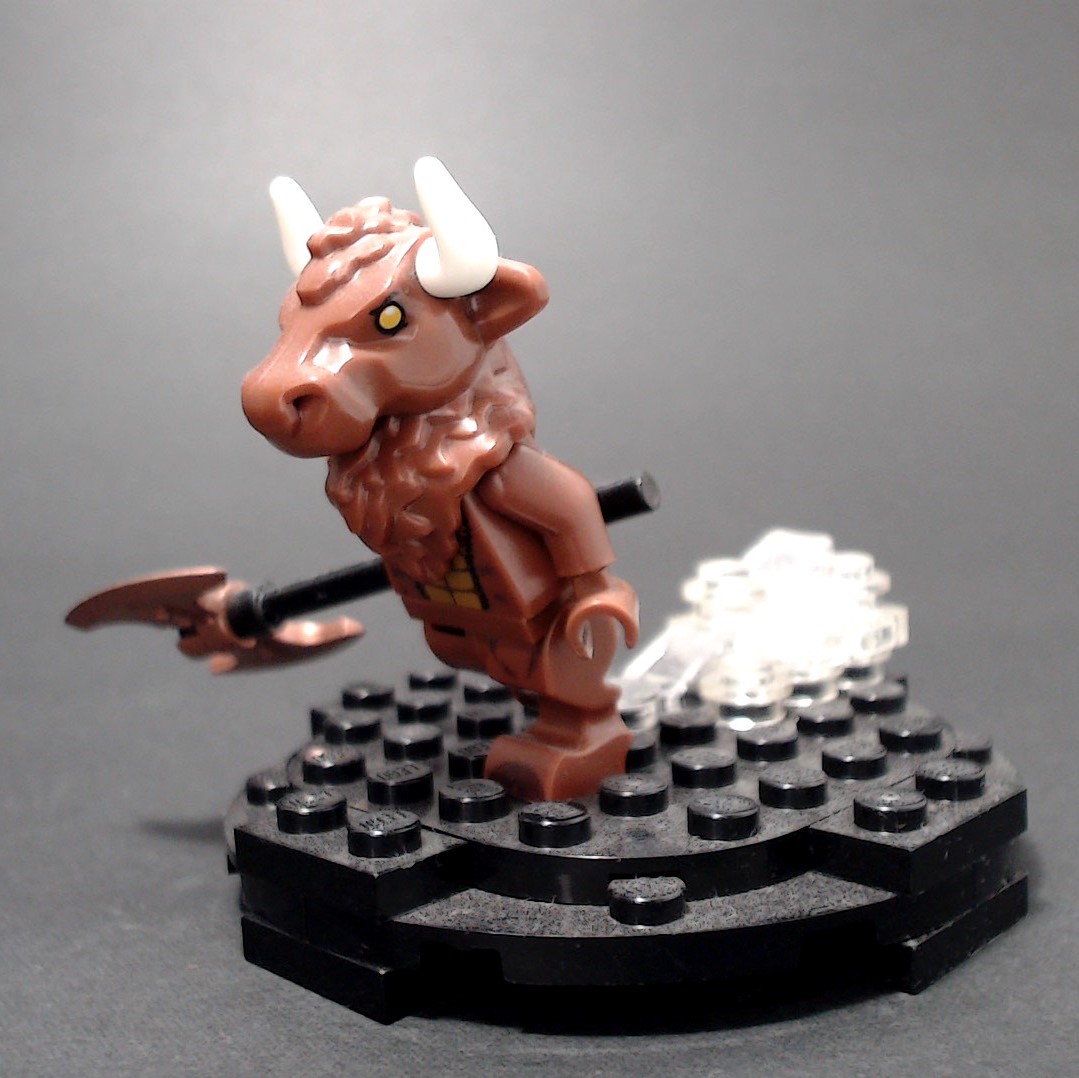
Bear
I originally built this bear back before the Bear mould existed, and despite potentially just swapping it over. I chose to keep the bear build together so it better suits in alongside the brick-built wolves. Now taking up an 8×8 space instead of the D&D defined 4×4, I simply tell my players that this creature cannot be double flanked.
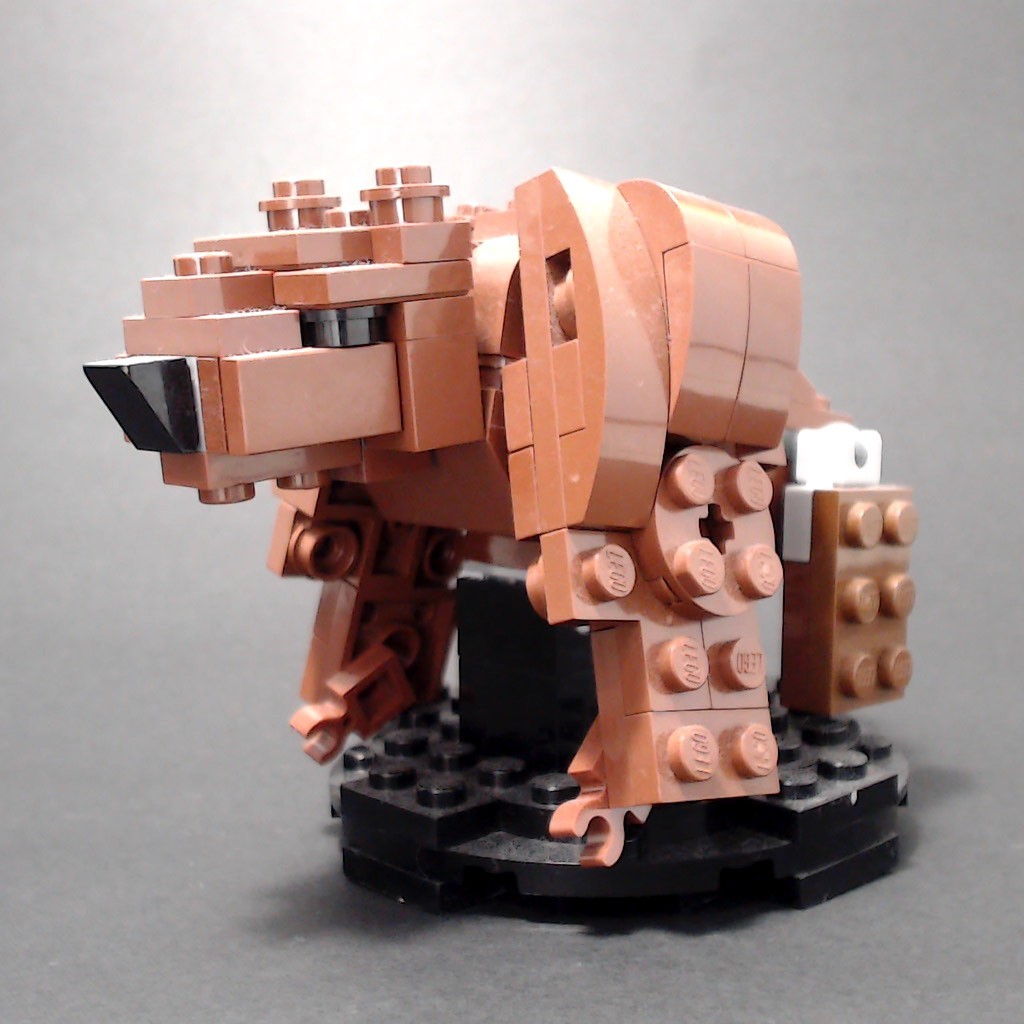
Giants
Almost completely ripped off by Brick Geek’s Axl Mighty Form MOC, my Giants use Axl’s torso from Nexo Knights at the core of his build. I use a slightly customised base to hold his weapon for him, as his hands cannot technically hold anything.
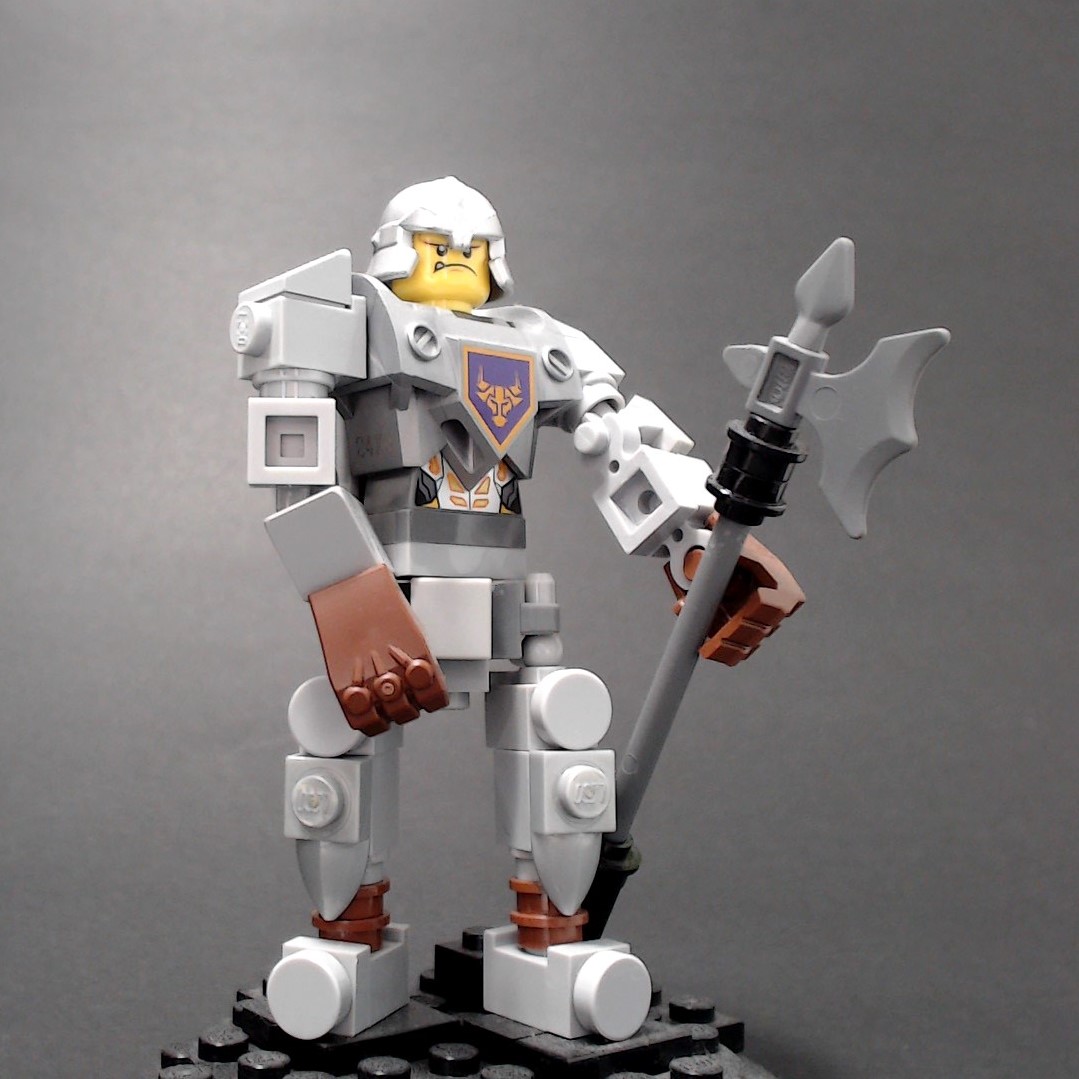
Giants
There are many ways to build giants, even following the Giant-Man/Ares build design, or using the Grawp build from Harry Potter 2020. The main difference is how you want to run your giants. Do you want them to be towering boss monsters or keep them relatively in scale with the figures?
If you Brick Geek’s Axl build, you aren’t spry for choice for the centre torso, you either make the giant in silver armour or yellow armour. There is no bare-chest equivalent.
I use both for different things. As Giants and as Colossus. I use the first option for my general giants, and the “colossus” as a boss monster build, but it is really up to you.
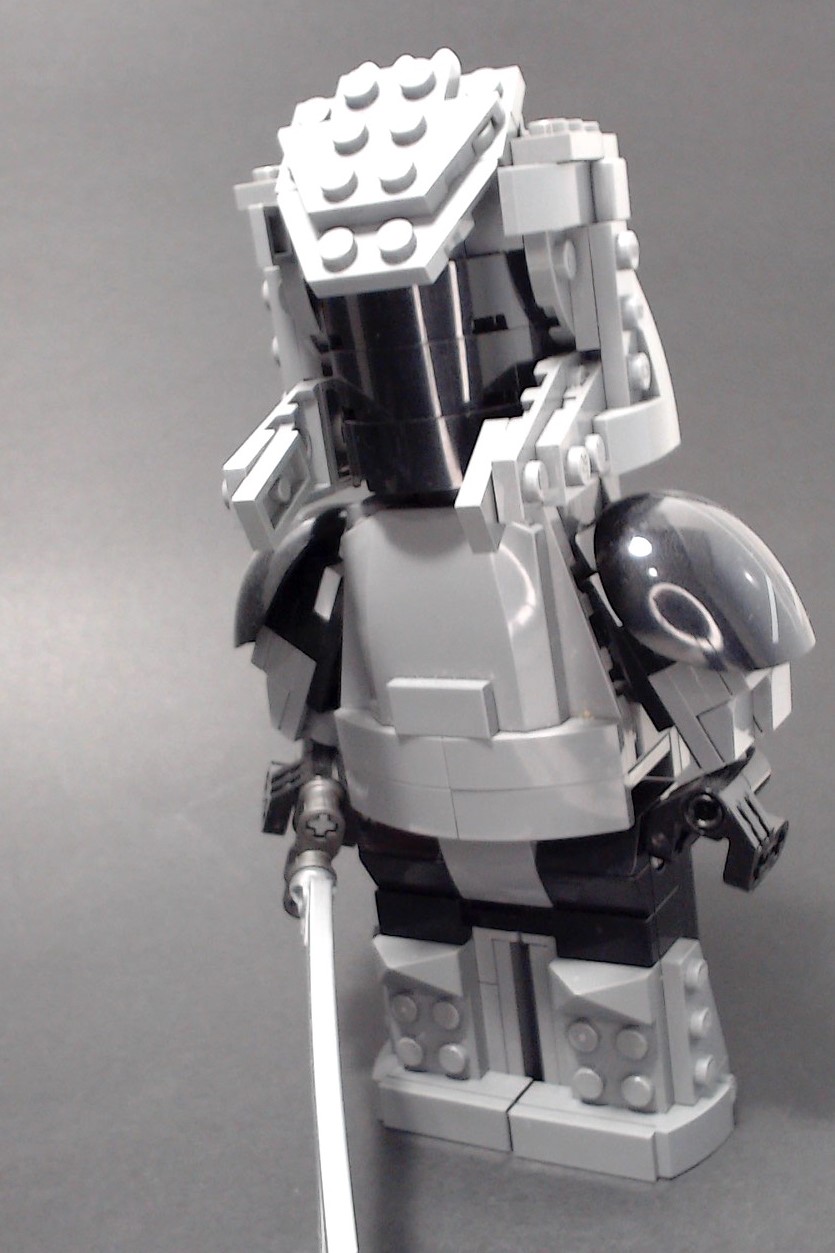
Significant themes to keep an eye on: NEXO Knights, some aspects of Harry Potter.
Spiders And Driders
Spiders can use bases of anywhere from 4×4 to as big as you want, but my spiders stop at about 12×12. Why on earth do I have spiders as big as 12×12 studs? Simple answer; Trapdoor House Spiders. My players did not enjoy that.
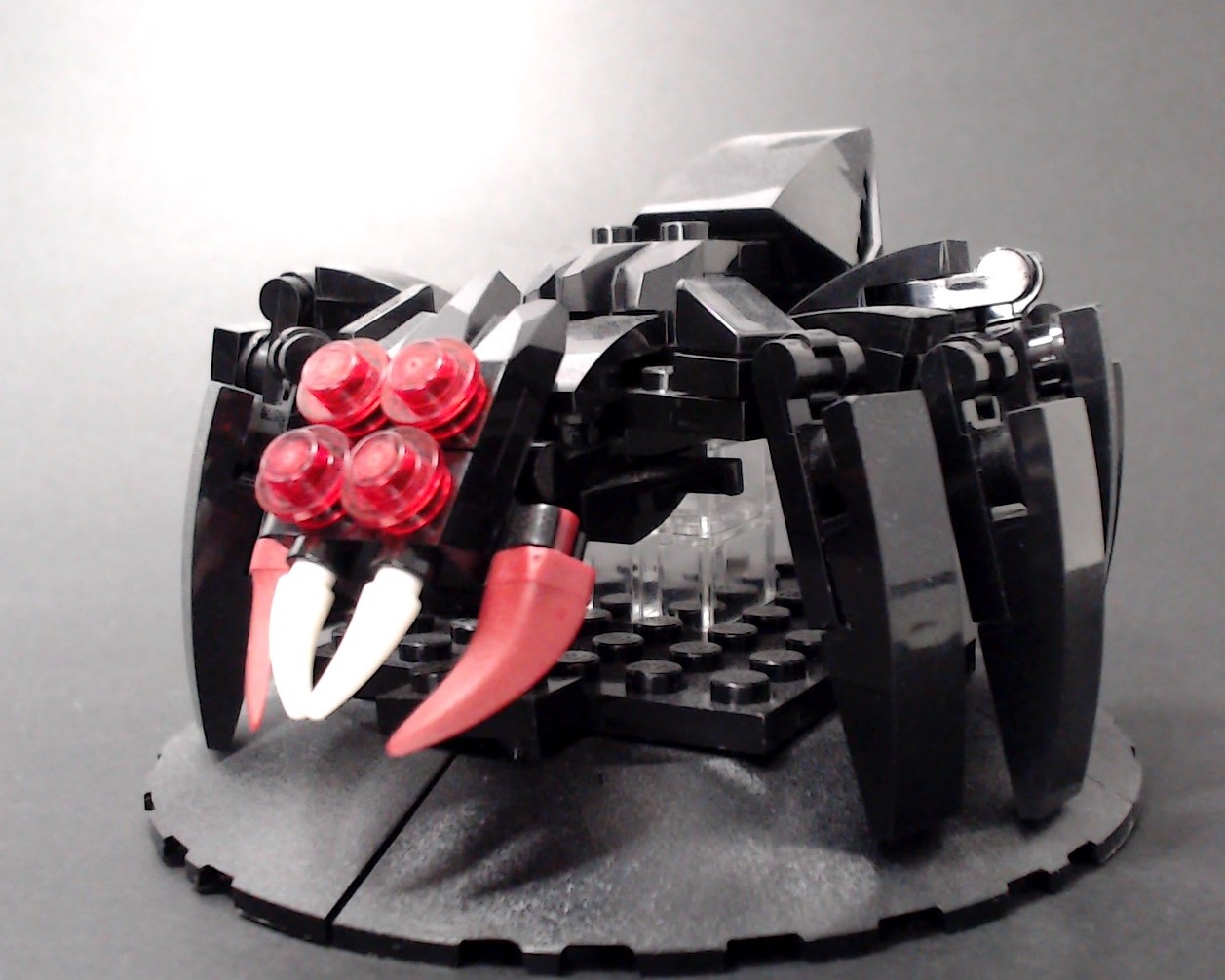
More
Easy enough to build but very parts intensive to make with eight legs, Spiders are a classic to bring out that all players will hate. Spiders can be put on a 4×4 disc in multiples to simulate a swarm. But I find it best to also give them a different spider or base colour here or there. Just to once again keep initiative when you send hundreds of the buggers at your players.
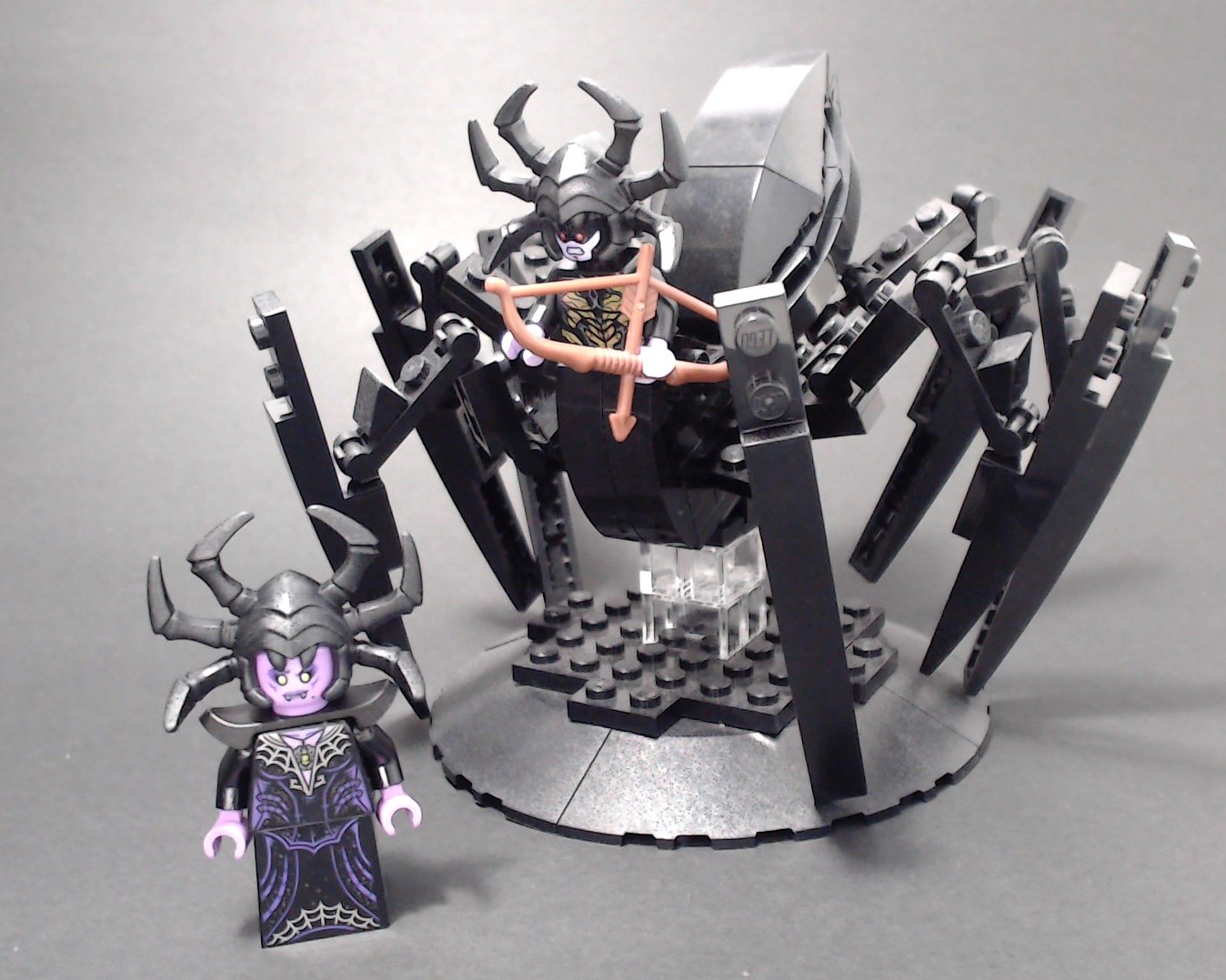
Driders are not only fun to run, but fun to build. Simply follow the same build design of spiders. But increasing the size of the abdomen and legs, you can easily convert and spider build into a rider. As for the Minifigure part of it, I use a combination of the Outriders and Proxima Midnight from Marvel Infinity War.
Mixed with the Spider Queen from the latest Monkie Kid waves. Although it would be easy to simply just use the Spider Queen’s body on the Drider. I find the war-like look of the parts I’ve used make her a lot more menacing.
Significant themes to keep an eye on: Monkie Kid 2021.
Final Words
I hope that this has given you some insight as to how I play certain enemies using the grid system that we use, as well as given hints of inspiration for your own Dungeons and Dragons endeavours.
There is a lot of iconic monsters like Beholders and Dragons that aren’t on this list, and if I’m being honest, I haven’t perfected them yet. When I do, I’ll be sure to share them on my and my wife’s shared Instagram, which you can find at the bottom of this article.
Please be sure to check out our previous guides for Minifigure creation detail and talking about our System of Play.
Next time, it’ll be terrain and environment! That one will be a bit of a doozy!
Oh, and this is Snoot. He is a Fex Panda, Red Panda/Fennec Fox mix, who was a pet for one of my players. Building pets is fun too!
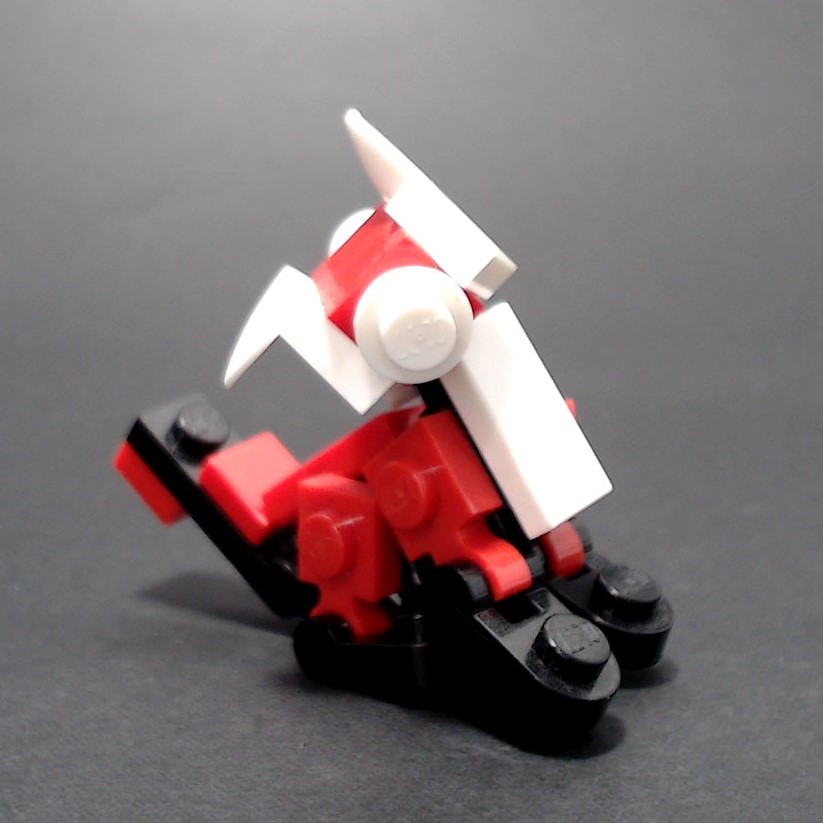
Thank you for reading
Support BrickBanter.com by shopping for your LEGO® via the affiliate links below.
It’ll cost you nothing but will mean the world to us. 🫶
🇦🇺 Australia – 🇨🇦 Canada – 🇪🇺 Europe – 🇬🇧 United Kingdom – 🇺🇸 United States – 💛 Everyone else
Explore more articles

BrickBanter.com is a recognized LEGO® Fan Media account.
Review sets are supplied by the LEGO group.


